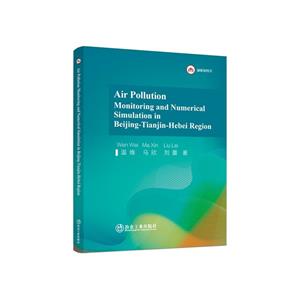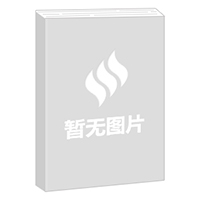-
>
湖南省志(1978-2002)?鐵路志
-
>
公路車寶典(ZINN的公路車維修與保養(yǎng)秘籍)
-
>
晶體管電路設(shè)計(jì)(下)
-
>
基于個(gè)性化設(shè)計(jì)策略的智能交通系統(tǒng)關(guān)鍵技術(shù)
-
>
德國(guó)克虜伯與晚清火:貿(mào)易與仿制模式下的技術(shù)轉(zhuǎn)移
-
>
花樣百出:貴州少數(shù)民族圖案填色
-
>
識(shí)木:全球220種木材圖鑒
京津冀區(qū)域大氣污染監(jiān)測(cè)與數(shù)值模擬 版權(quán)信息
- ISBN:9787502498122
- 條形碼:9787502498122 ; 978-7-5024-9812-2
- 裝幀:一般膠版紙
- 冊(cè)數(shù):暫無
- 重量:暫無
- 所屬分類:>
京津冀區(qū)域大氣污染監(jiān)測(cè)與數(shù)值模擬 內(nèi)容簡(jiǎn)介
當(dāng)前京津冀區(qū)域大氣污染防治形勢(shì)依然嚴(yán),在不利的氣象條件下,以PM2.5(細(xì)顆粒物)和O3(臭氧)為代表的重污染天氣過程時(shí)有發(fā)生。PM2.5與臭氧協(xié)同控制,已成為當(dāng)前大氣污染防治工作的重點(diǎn),厘清污染物相互作用機(jī)制及協(xié)同控制機(jī)理是解決相關(guān)問題的核心。本書詳細(xì)介紹了作者研究建立的基于監(jiān)測(cè)與數(shù)值模擬相結(jié)合的大氣污染來源解析技術(shù)方法體系,以及運(yùn)用該技術(shù)對(duì)京津冀區(qū)域大氣污染的成因、來源、區(qū)域污染傳輸規(guī)律、以及氣溶膠輻射反饋效應(yīng)對(duì)PM2.5和臭氧協(xié)同控制的影響等內(nèi)容。該書適用于大氣污染防治相關(guān)領(lǐng)域的研究、教學(xué)人員,以及環(huán)境管理部門人員參考。
京津冀區(qū)域大氣污染監(jiān)測(cè)與數(shù)值模擬 目錄
- >
中國(guó)人在烏蘇里邊疆區(qū):歷史與人類學(xué)概述
- >
山海經(jīng)
- >
【精裝繪本】畫給孩子的中國(guó)神話
- >
隨園食單
- >
煙與鏡
- >
李白與唐代文化
- >
中國(guó)歷史的瞬間
- >
人文閱讀與收藏·良友文學(xué)叢書:一天的工作
-
城鎮(zhèn)市容環(huán)境衛(wèi)生建設(shè)標(biāo)準(zhǔn)匯編 垃圾分類、檢測(cè)和收集轉(zhuǎn)運(yùn)卷
中國(guó)標(biāo)準(zhǔn)出版社¥153¥180


















